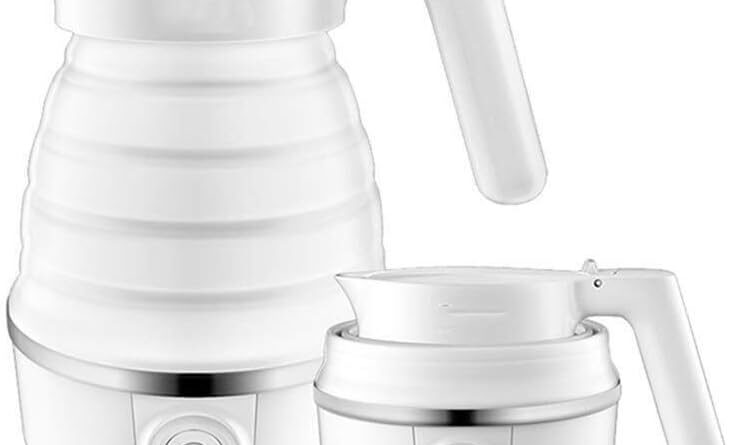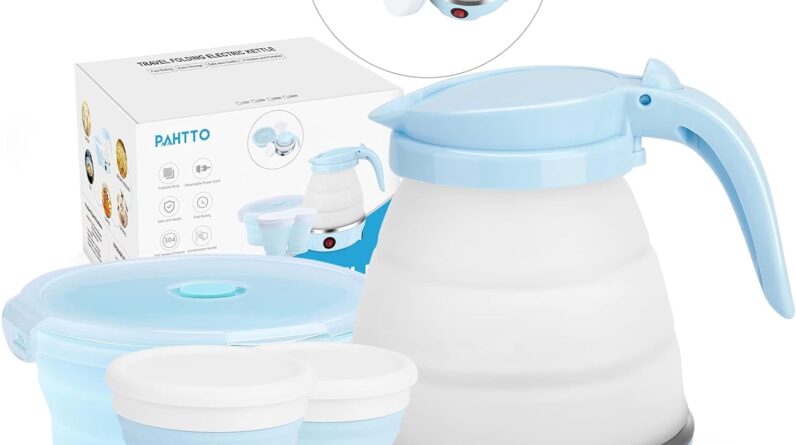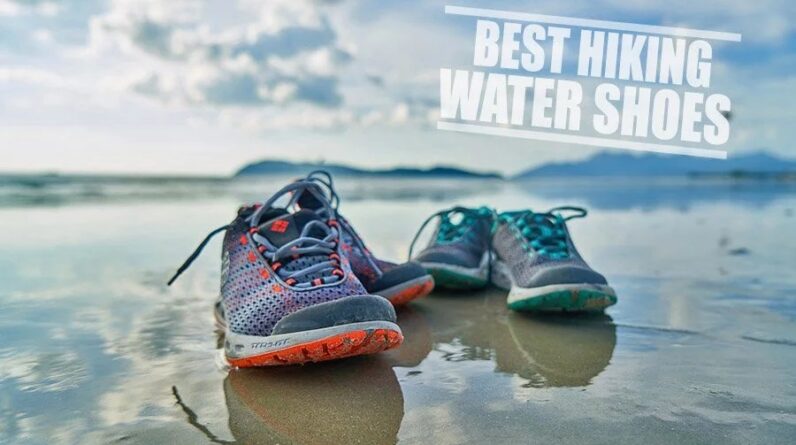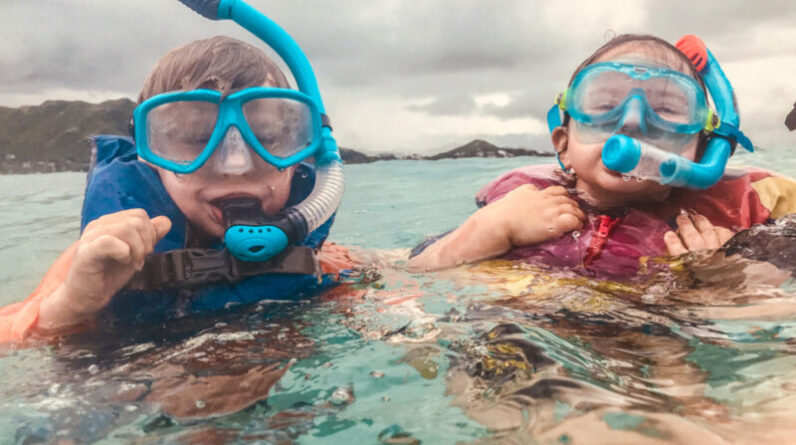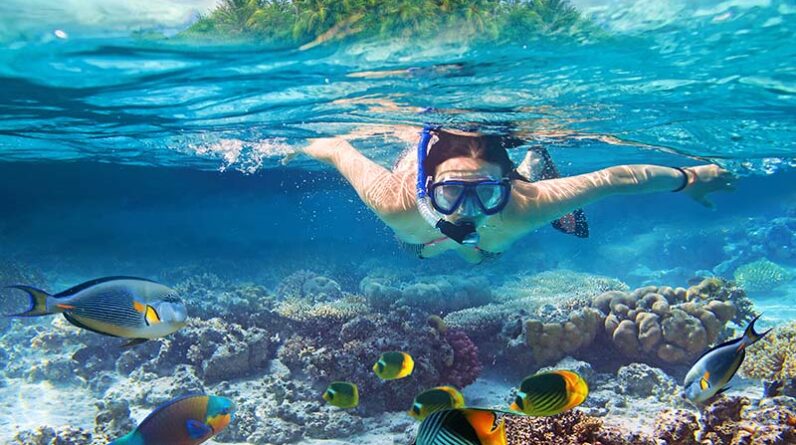
Snorkeling in strong waves can be an exhilarating experience, but it’s essential to prioritize your safety. Whether you’re a seasoned snorkeler or a beginner, understanding the necessary precautions can make all the difference in ensuring a fun and secure adventure. In this article, we will guide you through some practical safety tips to keep in mind while snorkeling in strong waves, allowing you to fully enjoy the beauty of the underwater world without any unnecessary risks. So, grab your snorkel gear and let’s dive into these essential guidelines together.
Choosing the Right Location
Research the Area
Before heading out for a day of snorkeling in strong waves, it is important to research the area where you plan to go snorkeling. Look for information on the water conditions, such as whether there are commonly strong waves or riptides in that area. Additionally, familiarize yourself with any potential hazards, such as rocks or underwater obstacles, that could pose a danger.
Check Local Weather Reports
Checking local weather reports is essential when planning your snorkeling adventure. Keep an eye out for any warnings or alerts regarding high winds, rough waters, or inclement weather conditions. Strong waves can make snorkeling challenging and potentially dangerous, so it is crucial to choose a day with calm weather conditions for the best snorkeling experience.
Avoid Areas with Currents or Riptides
When snorkeling in strong waves, it is advisable to avoid areas with currents or riptides. These natural water movements can be incredibly powerful and difficult to navigate, even for experienced snorkelers. By choosing locations without strong currents or riptides, you decrease the risk of being carried away from your desired snorkeling area or encountering dangerous situations.
Equipment and Gear
Flotation Devices
Using a flotation device, such as a snorkeling vest or a floatation belt, can provide an added layer of safety when snorkeling in strong waves. These devices help you maintain buoyancy and can reduce fatigue by allowing you to float effortlessly without expending excessive energy. Ensure that your flotation device fits well and is properly secured before entering the water.
Snorkel and Mask Selection
Choosing the right snorkel and mask is essential for a comfortable and safe snorkeling experience. Opt for a snorkel with a dry-top feature, which prevents water from entering the tube when waves crash over you. A well-fitting mask that forms a tight seal around your face will prevent water from seeping in, ensuring you can see clearly underwater and breathe easily.
Wetsuits or Rash Guards
Wearing a wetsuit or a rash guard can protect your skin from potential scrapes and cuts caused by rocks or other underwater obstacles. Additionally, wetsuits provide insulation and can keep you warm in colder water conditions. Be sure to choose a wetsuit or rash guard appropriate for the water temperature and the duration of your snorkeling adventure.
Foot Protection
In areas with rocky or uneven terrain, wearing foot protection is highly recommended. Water shoes or reef socks provide an extra layer of protection between your feet and potential hazards. They can also provide additional stability and traction when navigating slippery surfaces or walking on sharp rocks. Protecting your feet is essential to prevent injuries that could hinder your ability to enjoy your snorkeling experience.

This image is property of tidetrek.com.
Physical Fitness and Preparation
Assess Your Health
Before embarking on a snorkeling adventure, it is important to assess your physical health. Snorkeling can be physically demanding, especially in strong waves. If you have any pre-existing medical conditions or concerns, it is advisable to consult with a healthcare professional to ensure that snorkeling is a safe activity for you. Taking this precaution will help ensure a safer and more enjoyable experience.
Physical Fitness
Being physically fit can greatly enhance your ability to handle the challenges of snorkeling in strong waves. Regular exercise, such as cardiovascular activities, will improve your stamina, lung capacity, and overall strength. Engaging in activities like swimming or practicing yoga can specifically target the muscles used during snorkeling, helping to build endurance and flexibility.
Warm-Up Exercises
Before entering the water, it is essential to warm up your body to prevent injuries and maximize your performance while snorkeling. Simple warm-up exercises such as stretching your arms, legs, and core muscles can increase blood flow, loosen your muscles, and improve your flexibility. Taking a few minutes to warm up can make a significant difference in your ability to swim and navigate through strong waves.
Hydration and Nutrition
Staying hydrated and properly nourished is crucial for any physical activity, including snorkeling. Remember to drink plenty of water before, during, and after your snorkeling adventure to prevent dehydration. Additionally, fuel your body with healthy snacks or meals that provide sustained energy. Avoid heavy meals or excessive alcohol consumption as they can cause discomfort or affect your coordination in the water.
Buddy System and Supervision
Snorkel with a Buddy
Snorkeling with a buddy is an important safety measure, especially in strong waves. It is always safer to have someone watching out for you, and vice versa, especially in challenging conditions. Choose a buddy who is a proficient swimmer and snorkeler, someone you trust to assist you if needed. Keep an eye on each other throughout the entire snorkeling experience to ensure everyone’s safety.
Use a Dive Flag
Using a dive flag is essential when snorkeling in areas with boat traffic. A dive flag alerts boaters that there are snorkelers or divers in the water and serves as a visual marker. Attach the flag to a buoy or float and keep it visible above the water’s surface. This simple precaution can help prevent accidents and ensure that boaters are aware of your presence in the water.
Designate a Spotter
Designating a spotter is an additional safety measure that can greatly enhance your snorkeling experience. The spotter’s role is to stay on the shore or a nearby elevated position to watch over the snorkelers in the water. They can assist in case of an emergency or if help is needed. The spotter should have a clear view of the snorkelers and be able to communicate if necessary.
Keep Watch on Each Other
Constantly keeping watch on each other is crucial when snorkeling in strong waves. Maintain visual contact with your buddy and regularly check on their well-being. Use hand signals to communicate underwater, ensuring that you are both comfortable and safe. Regularly assess the conditions and the location of your buddy, maintaining a safe distance and awareness of potential hazards.
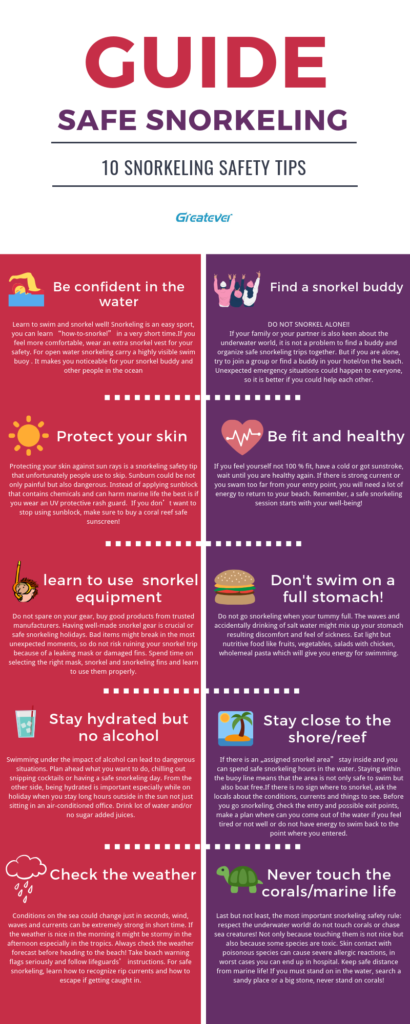
This image is property of i.pinimg.com.
Techniques for Snorkeling in Strong Waves
Body Positioning
Proper body positioning is key to navigating strong waves while snorkeling. Position your body horizontally, keeping a straight line from your head to your feet. This will allow you to ride the waves smoothly, reducing the impact of the waves crashing over you. If necessary, adjust your body position by turning slightly to the side to better face incoming waves.
Breathing Techniques
Mastering proper breathing techniques is essential when snorkeling in strong waves. Breathe steadily and deeply, focusing on exhaling slowly as waves pass over you. This technique helps maintain stability and prevents panic or breathlessness. By controlling your breathing, you can remain calm and comfortable while snorkeling in challenging conditions.
Exiting Waves Safely
Exiting waves safely is an important skill to learn when snorkeling in strong waves. Time your exit by observing the waves and choosing a moment when the wave has passed before making your move towards the shore. Keep your body streamlined and use your leg muscles to propel yourself forward, using the momentum of the receding wave to help you navigate back to the shore.
Maintaining Distance from Rocks and Obstacles
When snorkeling in strong waves, it is crucial to maintain a safe distance from rocks and other underwater obstacles. Strong waves can easily push snorkelers towards these hazards, potentially causing serious injuries. Stay vigilant and be aware of your surroundings. If you find yourself drifting towards rocks or other obstacles, use your leg muscles to swim away from them or seek calmer waters.
Safety Signals and Communication
Understand Hand Signals
Mastering basic hand signals is an essential part of snorkeling safety. Establish a set of signals with your buddy before entering the water to communicate important messages such as “okay,” “stop,” or “emergency.” Practice these signals on dry land to ensure effective communication underwater. Remember to communicate calmly and clearly to avoid misunderstandings and potential panic.
Use Noise-Making Devices
Carrying noise-making devices, such as a whistle or an air horn, can be beneficial in situations when you need to attract attention or signal for help. These devices are especially useful if you become separated from your buddy or encounter an emergency. Ensure that the noise-making devices are easily accessible and familiarize yourself with their operation before entering the water.
Establish Communication Codes
Establishing communication codes can further enhance your ability to communicate effectively while snorkeling. For example, you can agree on a specific number of taps on the shoulder to indicate that you need assistance or that there is an emergency situation. Using coded communication can provide a quick and efficient way to convey messages without the need for complicated gestures or signals.
Agree on Emergency Procedures
Before entering the water, it is crucial to agree on emergency procedures with your snorkeling buddy. Discuss and plan how you will respond in different emergency scenarios, such as losing sight of each other or encountering a complication underwater. By establishing a plan in advance, you can react calmly and efficiently in case of an emergency, ensuring the safety of both yourself and your buddy.
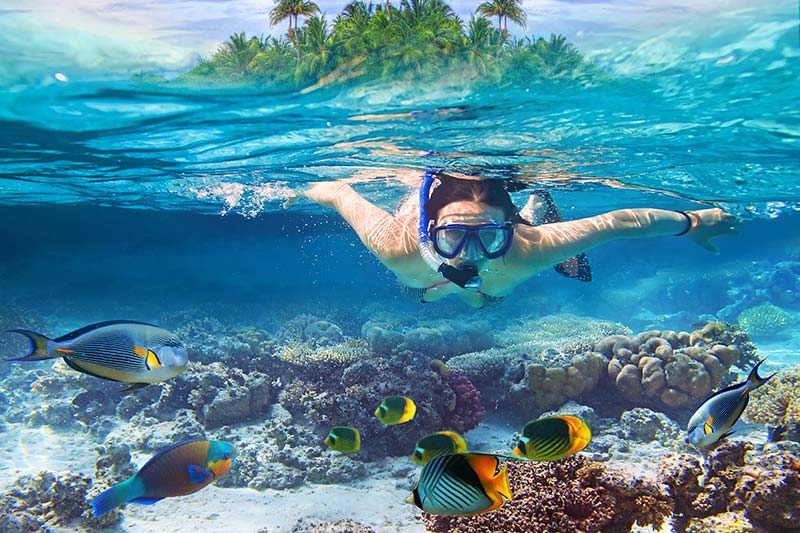
This image is property of www.wavesweekender.com.
Awareness of Marine Life
Research Local Marine Life
Researching local marine life is not only fascinating but also crucial for your safety and the well-being of the marine ecosystem. Familiarize yourself with the types of marine life in the area you plan to snorkel, including potential hazards or creatures that may pose a danger. Understanding their behaviors and habits will allow you to maintain a safe distance and avoid any accidental encounters.
Maintain a Safe Distance
Maintaining a safe distance from marine life is essential for your own safety and the preservation of their natural habitat. Resist the temptation to touch or approach marine creatures, as this can disturb their natural behaviors or provoke a defensive reaction. Remember that you are entering their territory, so observe from a distance and respect their space.
Avoid Touching Marine Life
Touching marine life can be harmful to both you and the creatures you encounter. Some marine species have delicate skin or protective coatings that can be easily damaged by human touch. In addition, certain marine creatures can have venomous spines or stinging cells that can cause painful injuries. Admire marine life from a distance, knowing that your observation without physical interaction is the best way to ensure both your safety and the well-being of the creatures.
Respect the Environment
When snorkeling in strong waves, it is vital to respect the environment and minimize your impact on the ecosystem. Avoid stepping on or damaging coral reefs, as they are fragile and take years to grow. Do not litter or leave any trash behind, as this can harm marine life and their habitats. Make a conscious effort to leave no trace and contribute to the preservation of the beautiful underwater world.
Emergency Preparedness
Know Emergency Contacts
Before setting out for a snorkeling adventure, familiarize yourself with local emergency contacts such as the coast guard or marine rescue services. Save their contact information on your phone or carry it with you in case of an emergency. It is essential to know who to call and how to quickly and effectively communicate your location and the nature of the emergency.
Carry a First Aid Kit
Carrying a well-stocked first aid kit is an important precaution when snorkeling, especially in strong waves. The kit should include basic items such as bandages, antiseptics, scissors, pain relievers, and any necessary personal medications. Additionally, consider including materials specifically for water-related injuries like jellyfish stings or coral scrapes. Having a first aid kit readily available can help treat minor injuries before further medical assistance is accessible.
Learn Rescue Techniques
Learning basic rescue techniques relevant to snorkeling can give you the knowledge to assist others in an emergency. Familiarize yourself with techniques such as towing an injured person to shore, providing emergency oxygen, or performing CPR if necessary. Taking a basic water rescue course can provide valuable skills and boost your confidence in your ability to handle emergency situations while snorkeling.
Be Prepared for Water Rescue
In the event of a water rescue situation, it is essential to stay calm and act swiftly. If someone is in distress, remember the “reach, throw, row, go” technique. First, try to reach the person with a long object or extend your arm towards them without putting yourself at risk. If reaching is not possible, throw a floating object or lifeline that they can grab onto. If necessary, row out on a boat or use any other means to rescue the person. Only as a last resort, go into the water to assist them if you are confident in your abilities and it is safe to do so.
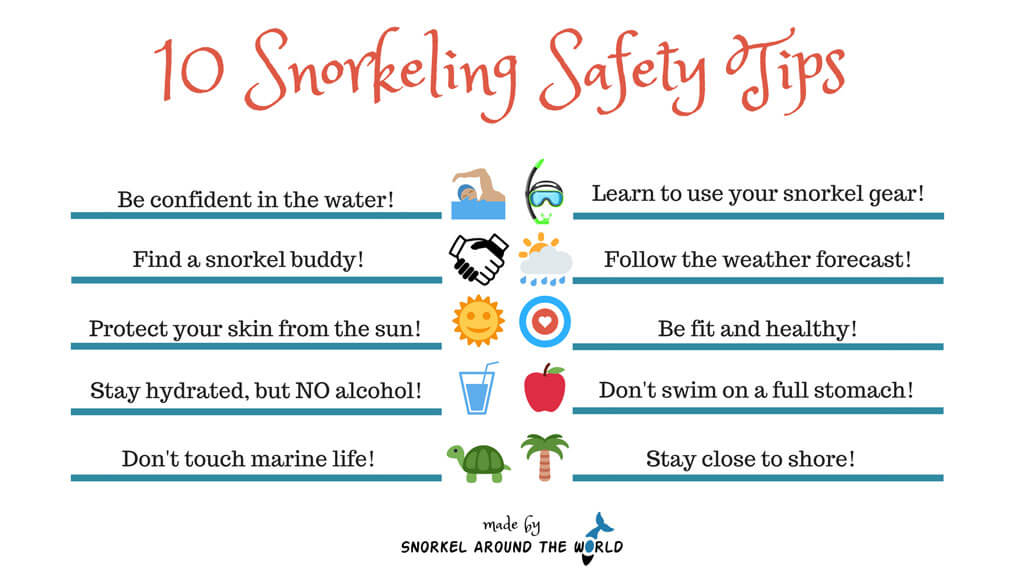
This image is property of snorkelaroundtheworld.com.
Weather and Wave Monitoring
Check Weather Conditions
Checking the weather conditions before heading out for a snorkeling adventure is crucial. Monitor local weather reports, paying attention to wind speed, rainfall, and storm forecasts. Snorkeling in strong waves during adverse weather conditions can pose significant risks. Always prioritize your safety and reschedule your snorkeling trip if the weather conditions are unfavorable.
Monitor Wave Forecasts
Monitoring wave forecasts can provide valuable information regarding wave height, period, and direction. Websites or apps that provide wave forecasts specific to your snorkeling location can help you make an informed decision about whether the waves are suitable for snorkeling. This information will enable you to choose the most appropriate days and times for a safe snorkeling experience.
Be Mindful of Changing Conditions
Keep in mind that weather and water conditions can change rapidly, especially in coastal areas. Before entering the water, take a moment to reassess the current conditions to ensure they remain safe for snorkeling. If conditions deteriorate or become unsafe, it is crucial to abandon your plans and seek shelter until the conditions improve.
Know Your Limits
Understanding your personal limits and skill level is essential for a safe snorkeling experience. Avoid venturing into waters with strong waves if you are not confident in your ability to handle them. Recognize when conditions are beyond your comfort level and understand that it is okay to wait for calmer waters. Always prioritize your safety and enjoyment while snorkeling.
Proper Exit and Recovery
Choose the Right Exit Point
Selecting the right exit point is important for a smooth and safe return to shore. Look for areas with calmer waters or less wave intensity. Avoid narrow areas or areas with potentially hazardous rocks or coral. By choosing an appropriate exit point, you can minimize the risk of encountering difficulties during your return to the shore.
Time Your Exit Strategically
Timing your exit strategically is crucial when snorkeling in strong waves. Observe the wave patterns and choose a moment when there is a lull or a break in the waves to make your move towards the shore. Timing your exit properly allows you to take advantage of the reduced wave intensity and navigate safely back to the shore.
Be Cautious of Strong Backwash
When exiting the water, be cautious of the strong backwash that can occur as waves crash into the shore. Backwash refers to the receding water that returns to the ocean after a wave breaks. It can be powerful and pull you back into the water if you are not careful. Keep an eye out for backwash and be prepared to adjust your exit strategy accordingly.
Ensure All Gear Is Accounted For
Before leaving the beach, make sure to account for all your gear to avoid leaving anything behind. Collect and pack your equipment securely, ensuring that all items are stored in their appropriate places and are easily transportable. Taking the time to carefully organize and check your gear ensures that you have everything you need and avoids any potential loss or damage.
By following these comprehensive safety measures while snorkeling in strong waves, you can enhance your overall enjoyment and ensure a safe and memorable experience. Remember to always prioritize your safety, be mindful of your limits, and respect the marine environment. With proper planning, preparation, and awareness, snorkeling in strong waves can be an exhilarating adventure that leaves you with unforgettable underwater memories.
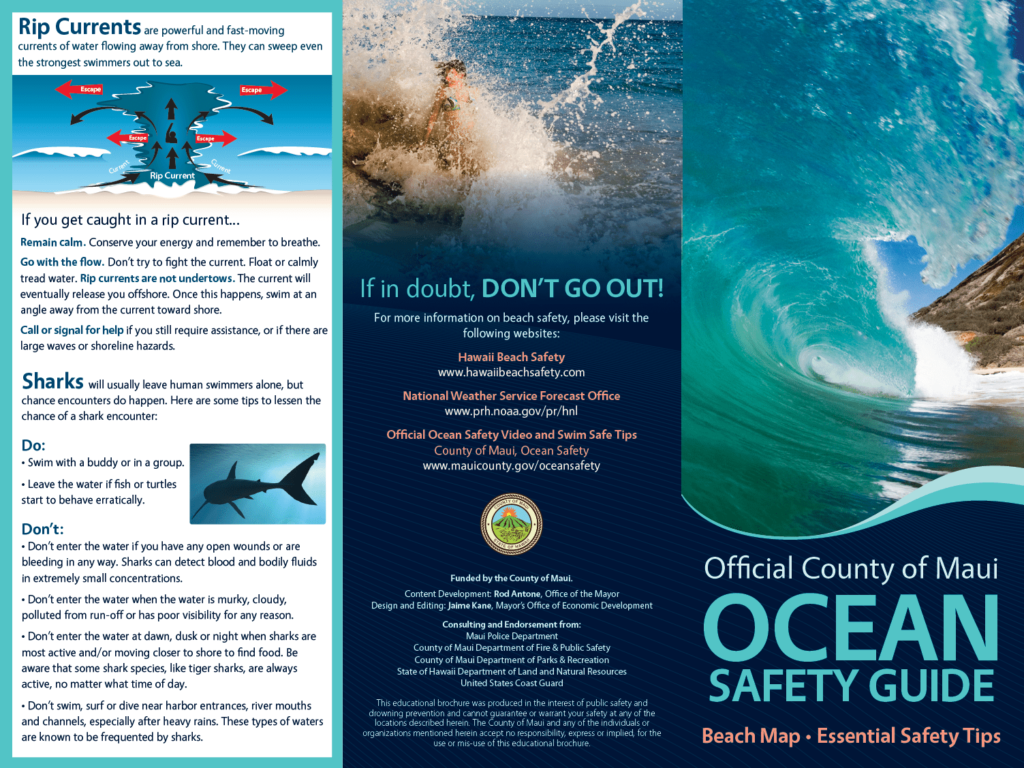
This image is property of bossfrog.com.


